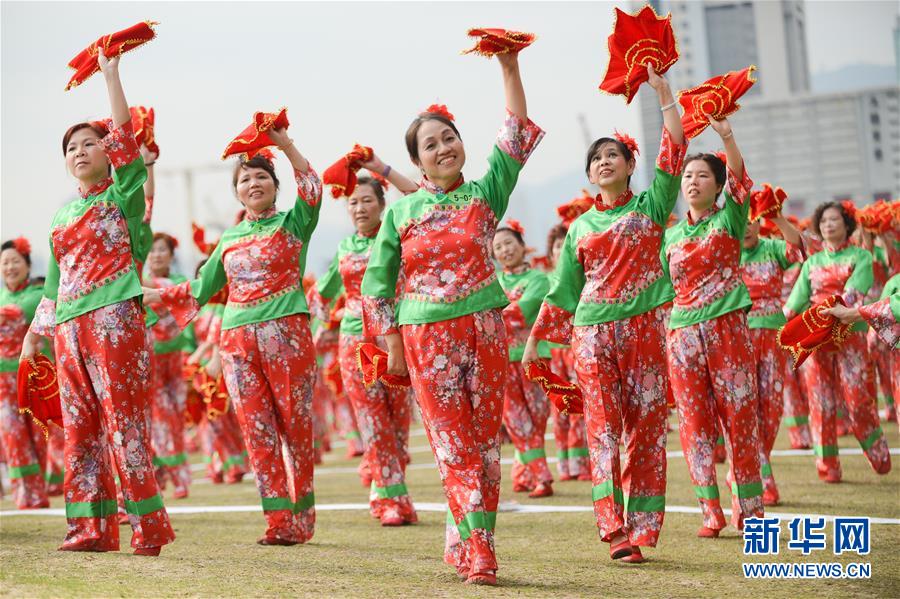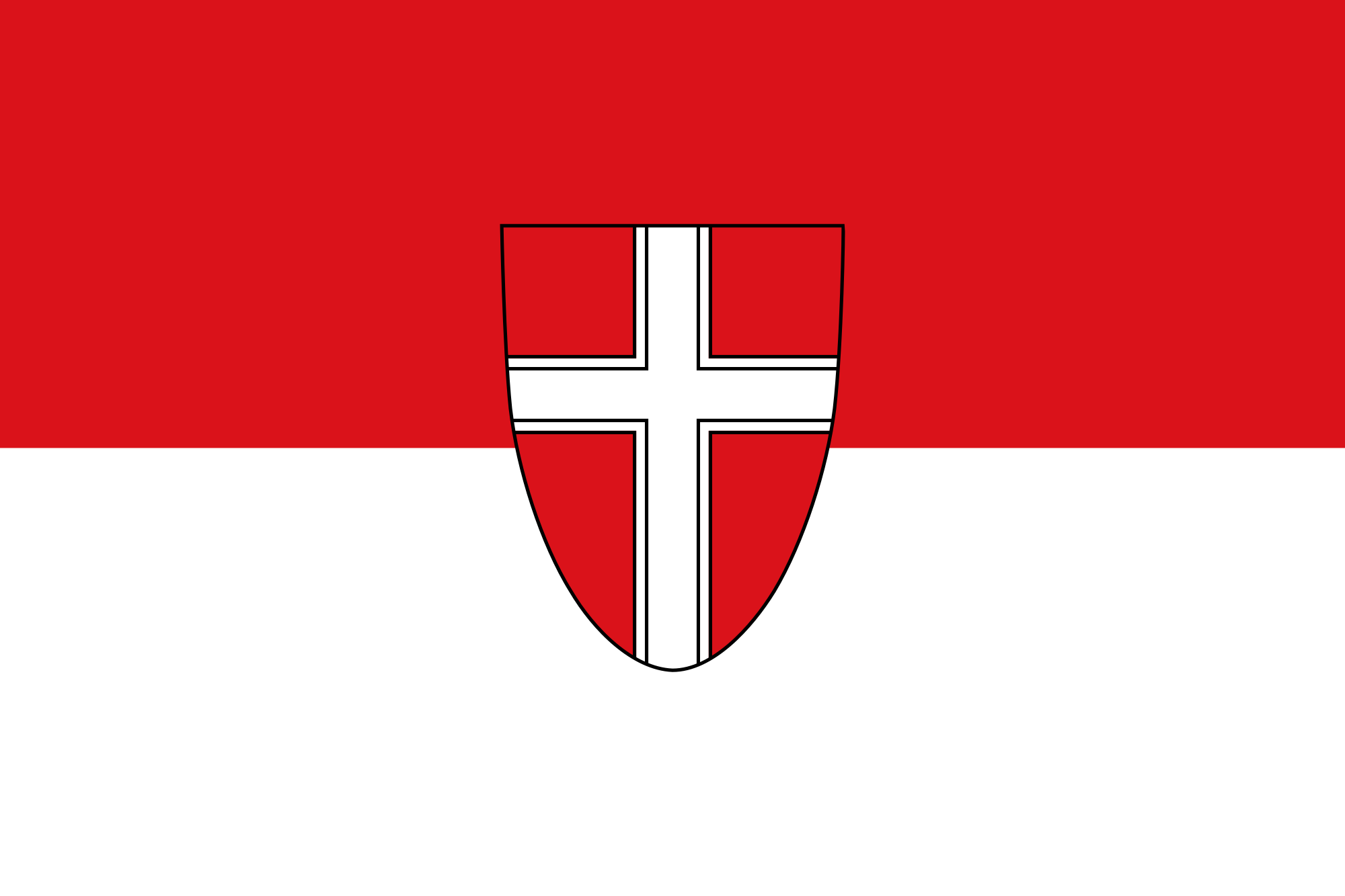
Deutsch-Chinesische Enzyklopädie, 德汉百科
 Dances
Dances



维也纳华尔兹(Wiener Walzer)和施特劳斯父子维也纳华尔兹,这种源於四分之三拍节奏民间舞蹈的乐曲,经过约翰。施特劳斯父子的发展和创新,如今成了维也纳舞曲的象徵。
英文Viennese Waltz,由于风行在奥地利首都维也纳,因此得名。因节奏的快速,所以又称为“快速华尔兹”(Quick Waltz)即“快三步”舞。维也纳华尔兹最早来源于奥地利阿尔卑斯地区的农民民间舞,于十八世纪末已逐渐演变,在十九世纪初十分流行。音乐3/4拍,速 度每分钟约为50----60小节,节奏是重轻轻,节律是强弱弱,步度是大小小,步距是长短短。运步轻快,有较多的旋转,旋转的角度往往很大,使有些步子 无法或无必要迈开,而是更多地用脚尖或脚跟旋转来代替迈步。维也纳华尔兹旋律流畅,节奏轻盈,充满朝气,显现出轻快、流利 、活泼、兴奋的风格特点。







秧歌舞,又称扭秧歌,历史悠久,是中国最具代表性的其中一种民间舞蹈形式,也是一种民间广场中独具一格的集体歌舞艺术,也因扭秧歌舞姿丰富多彩,深受农民欢迎以热闹非凡。秧歌舞除具有自己的风格特色,一般由舞队十多人至百人组成,扮成历史故事、神话传说和现实生活中的人物边舞边走,随着鼓声节奏,善于变换各种队形,再加上舞姿丰富多彩,深受广大观众的欢迎。
秧歌舞表演起来,生动活泼,喧哗吵闹。每逢重大节日,例如新年等,城乡都组织队,拜年问好,互相祝福、娱乐。另外,不同的村邻之间还会扭起秧歌互相访拜,比歌赛舞,可见扭秧歌对古代农民来说是多么重要。
这一切促使扭秧歌成为大型群众性娱乐,欢庆,宣传的主要形式。因为秧歌内容形式多样又富于变化;再加上扭秧歌舞蹈动态丰富,面容扭曲浮夸,使看秧歌的人目瞪口呆,因而受中国人的欢迎。
Zu den Han gehört in China die Mehrheit der Bevölkerung. Die Tänze der Han sind sehr lebhaft, und die Mimik bzw. der Ausdruck spielen eine wichtige Rolle. Am bekanntesten sind die „Yangge“. Dabei handelt es sich um einen Bauerntanz, der je nach Region unterschiedlich getanzt wird. Diese Tanzform wurde ursprünglich am Erntedankfest getanzt, und noch heute kann man sie am Frühlingsfest und am Laternenfest sehen. Dabei wird mit Fächer und Taschentuch und manchmal gar auf Stelzen getanzt. Begleitet werden die Tänzer und Tänzerinnen unter anderem von Trommeln. Grundsätzlich werden „Yangge“ von Gruppen getanzt, die klar definierte Figuren enthalten, was aus dem Tanz fast ein „Tanztheater“ macht: meistens ein oder mehrere junge Mädchen (nü), ein Clown (chou), junge Männer (gongzi) und ein altes Weib (laokuai). In diesem Tanz wurden viele Elemente der traditionellen chinesischen Oper integriert. Auch die Akrobatik findet hier ihren Platz und wird meistens vom Clown gezeigt. Jedoch variieren die Charaktere je nach Region. Die hier beschriebenen Rollen stammen aus dem Yangge der Provinz Hebei und dienen nur als Beispiel.
ヤンガー(秧歌、おうか、拼音: Yangge)は、ヤンガーウー(秧歌踊、拼音: Yanggewu)とも、日本語で古くはヤンコ踊りともいい、一般に男性群が嗩吶(チャルメラ)や太鼓で演奏する伝統的な音楽に合わせて、カラフルな衣装を着けた女性群が輪になって、あるいは蛇行しながら踊るもの[1]。いまでも公園などで、太極拳に次いで広く行われている。
Yangge (Chinese: 秧歌; pinyin: Yānggē; lit. 'Rice Sprout Song') is a form of Chinese folk dance developed from a dance known in the Song dynasty as Village Music (村田樂).[1] It is very popular in northern China and is one of the most representative form of folk arts. It is popular in both the countryside and cities in northern China. It is especially popular among older people. Crowds of people will go out into the street in the evening and dance together in a line or a circle formation.



 Performing Arts
Performing Arts
 Vienna
Vienna
 Sport
Sport